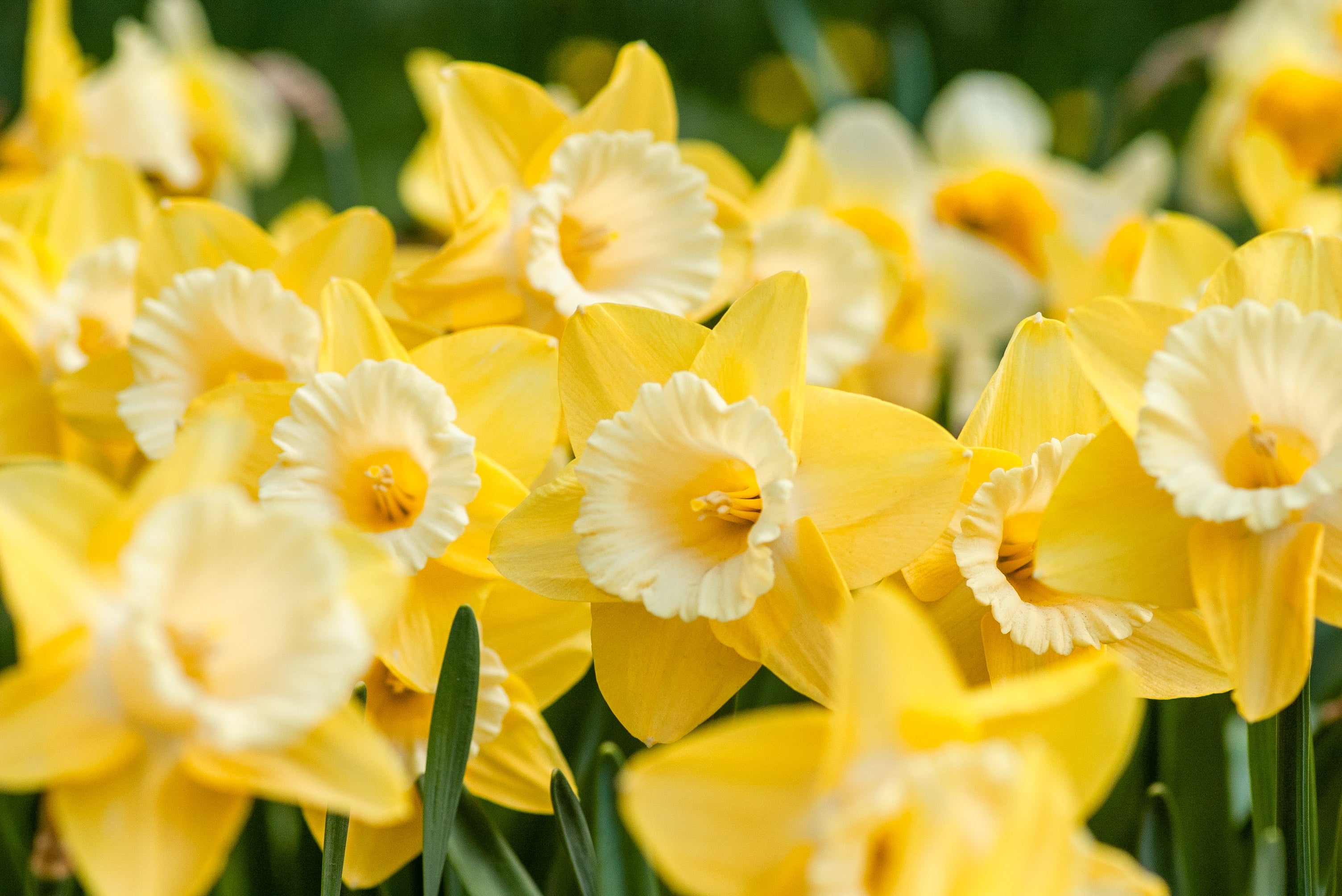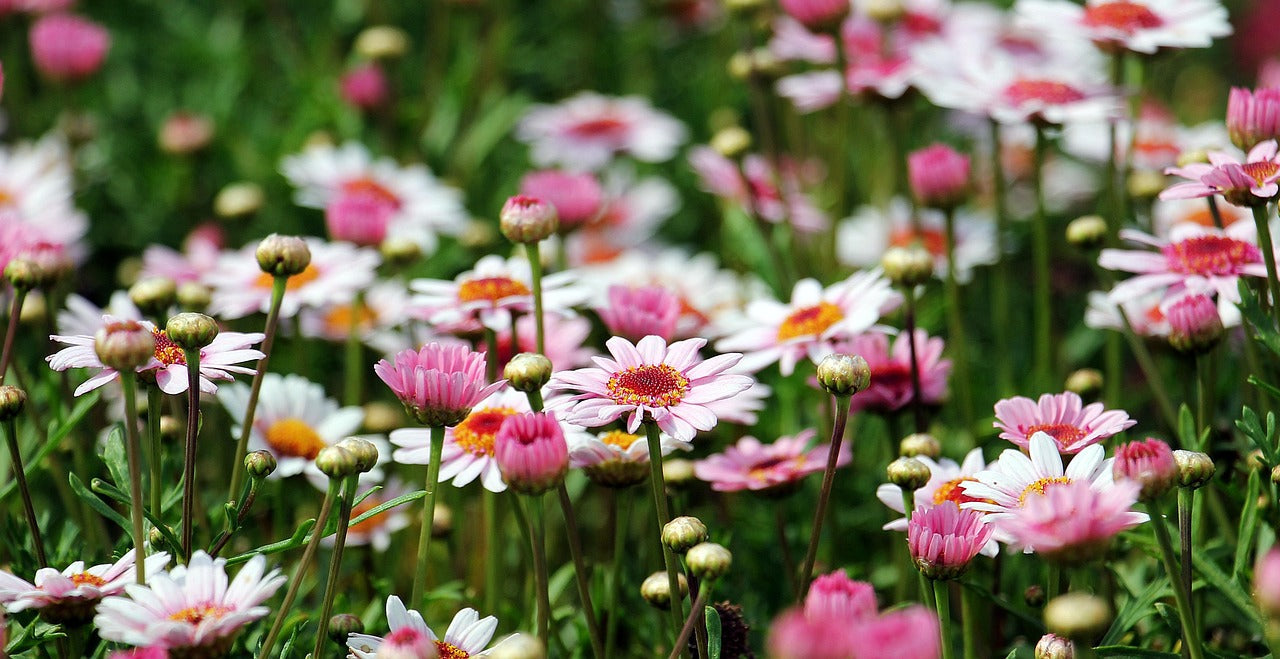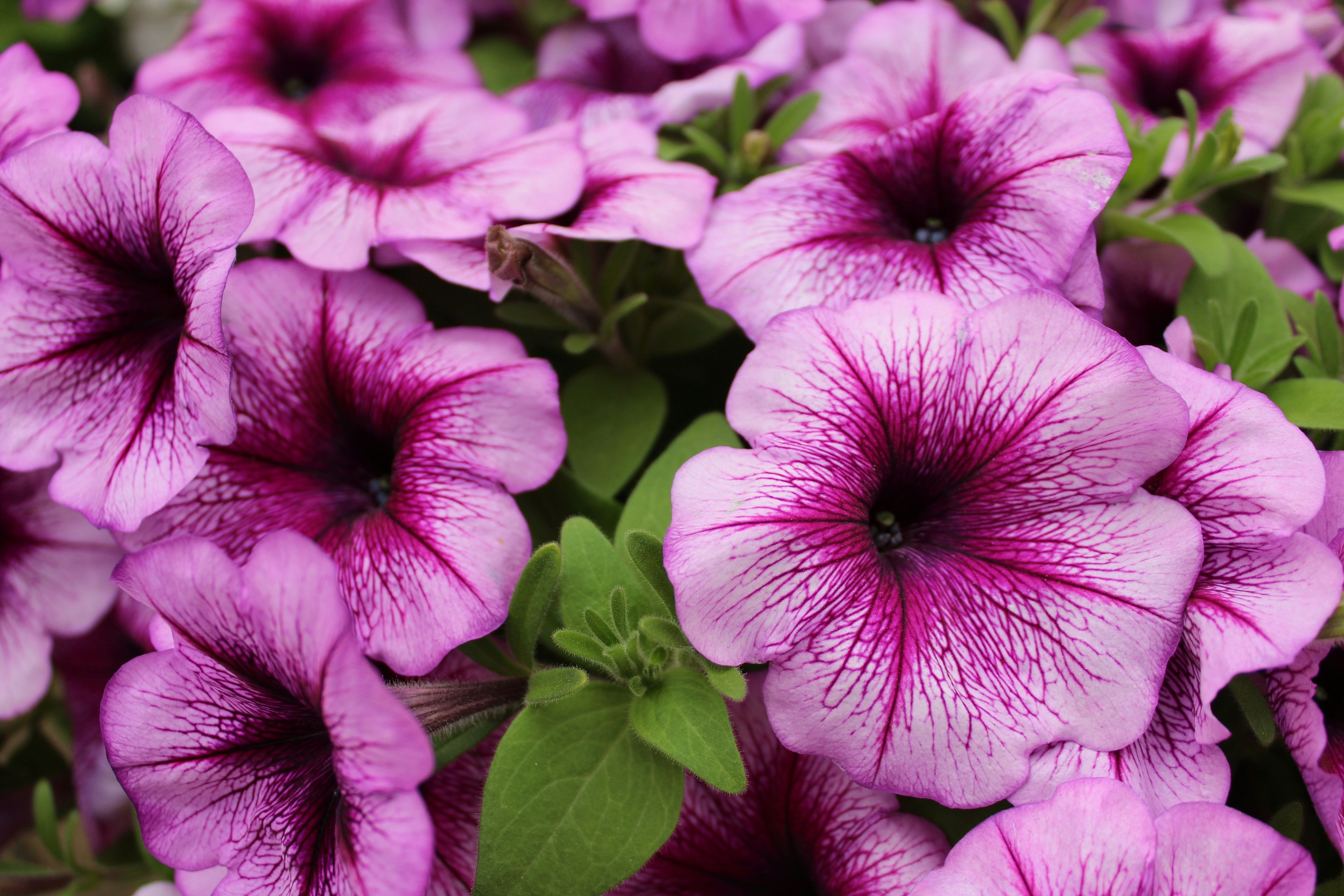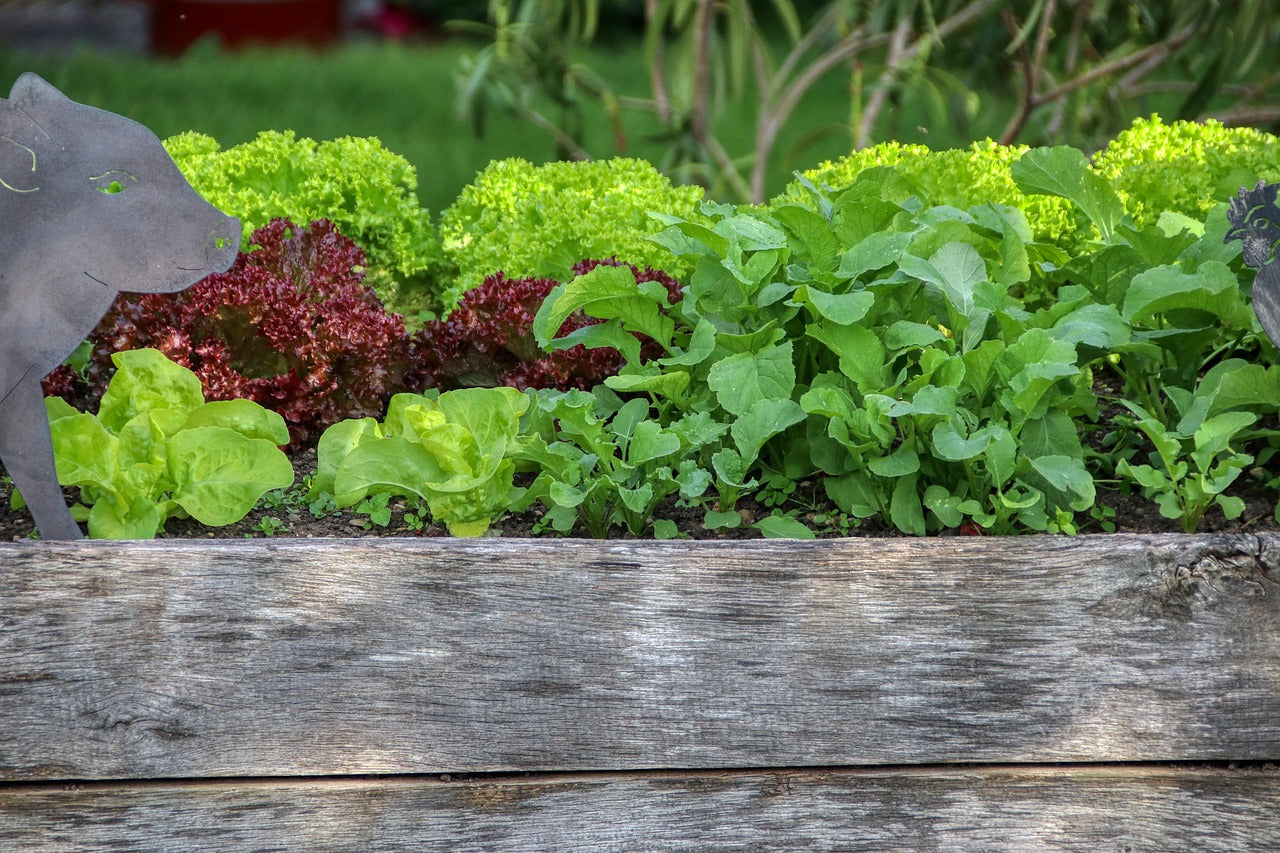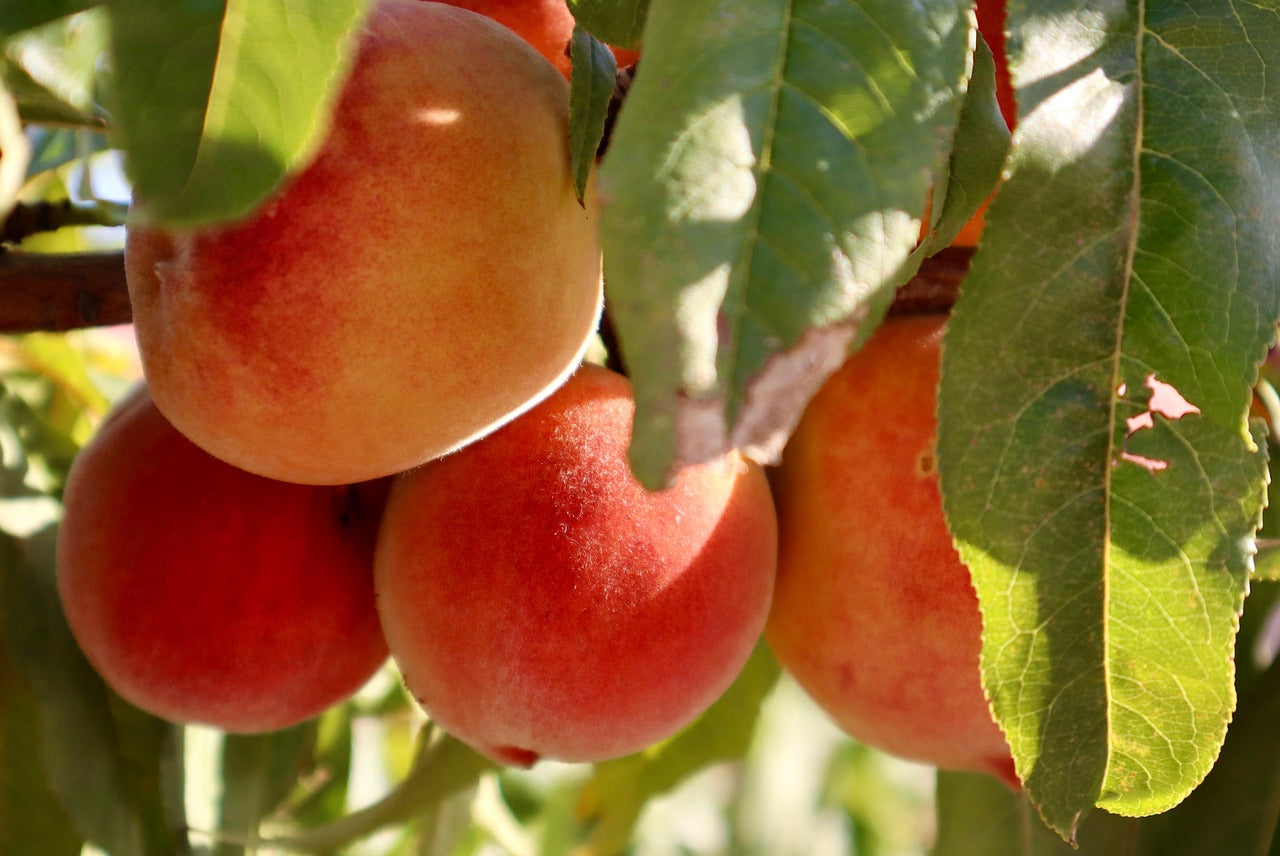Cheerful daffodil florals brighten up any garden space, providing a stunning display of colours, whether you choose a mix of yellow, orange, cream, or white, the combinations are endless. When these delightful bulbs bloom, it is a sign that spring is just around the corner.
Daffodils are easy to grow and continue to produce beautiful flowers year after year with the right care. Plant them straight into your garden or in containers to enjoy them this coming spring. Daffodils make for lovely cut flowers to display in a vase, ensure you plant several packs if you want to enjoy a continual display of cut flowers in your home.
Our Favourite Daffodil Varieties

Daffodil Early Cheer
The Early Cheer daffodil is popular for what its name suggests, early flowers, but it’s also popular for its delightful scent. Early Cheer are easy to grow and produce bold clusters of daffodils.

Daffodil Soleil D’Or
The Soleil D’Or daffodil is known for being a great multiplier, which means that when the first flower blooms, the mother bulb will grow additional bulbs. They are also favoured for their strong fragrance and ability to grow well in most climates.

Chilling
Daffodil bulbs benefit from being pre-chilled in the fridge over March and April for several weeks before planting. Keep the bulbs in the fridge door or somewhere where they won’t get too cold. Chilling bulbs helps produce taller stems and earlier bloom times because the act of chilling bulbs emulates a dormant winter stage that is close to the bulb’s natural climate.
Planting
Daffodil bulbs can be planted anytime from mid-March to the end of May. Plant the bulbs in a position with full sun and fertile soil to achieve an abundance of healthy blooms. Also, ensure the soil is well-drained as daffodils struggle in water-logged soil. If drainage is likely to be an issue, you can plant the bulbs closer to the surface and mound the soil on top of the bulbs. We recommend using Tui Bulb mix which is a free-draining planting mix that contains the needed nutrients for optimum bulb growth.
Prepare the soil by cultivating it deeply before planting to enable the roots of the bulb to develop easily. Space the bulbs out 10-12cm apart and at a depth of 10cm in the soil. Water the bulbs after planting and continue to water them regularly. You do not need to add a fertiliser as bulbs will only be growing roots over the coming months and a bulb mix will contain the needed nutrients for them to establish well.

Flowering
The first leaves should appear mid to late winter. Add slug and snail bait such as Yates Blitzem around the emerging plant. Fertilise lightly with a bulb fertiliser which will be high in potassium to boost flower colour, such as Tui Bulb Food.
Apply bulb food again when daffodils are blooming. You can add a dose of seaweed fertiliser such as Tui Organic Seaweed Plant Tonic whilst they are flowering to give them an extra boost.
Pests
As well as slugs and snails, aphids are also common pests that can appear on daffodils as the weather warms up. To combat the spread of aphids, spray the daffodil plant with a neem oil such as Native Neem Organic Neem Oil Insecticide.

Picking
We suggest picking daffodils when the petals are beginning to open so that the flower will continue to open in the vase. Remove old flower heads to encourage new growth and prevent them from producing seeds. This will help stimulate greater bulb development and better bulb flowering the following year.

Reuse & Recycle Bulbs
Never remove or cut back the foliage as bulbs will die back naturally and reappear the following year. After bulbs have finished flowering, add another dose of bulb food to prepare them for the next season. Daffodils can remain in the ground for 4-5 years after which they will become too crowded due to bulb growth.
If you notice that your bulbs are producing a lot of leaves but few flowers it means they are getting overcrowded and it is time to transplant some of them. Wait until the foliage has all died back over the summer or autumn months, and then dig the bulbs up whilst they are dormant. Leave the bulbs you have dug up for a couple of weeks to dry out and then separate them. Store the bulbs in a cool airy place and replant them next autumn for more gorgeous daffodils in your garden.

